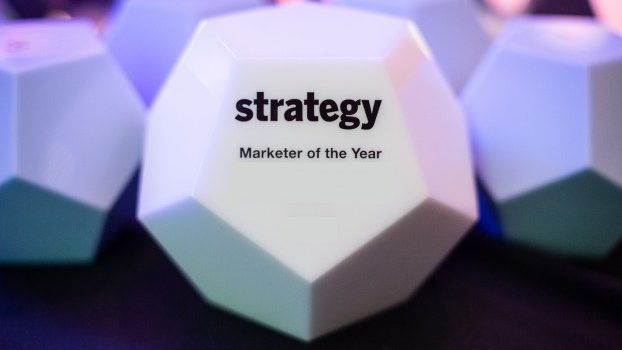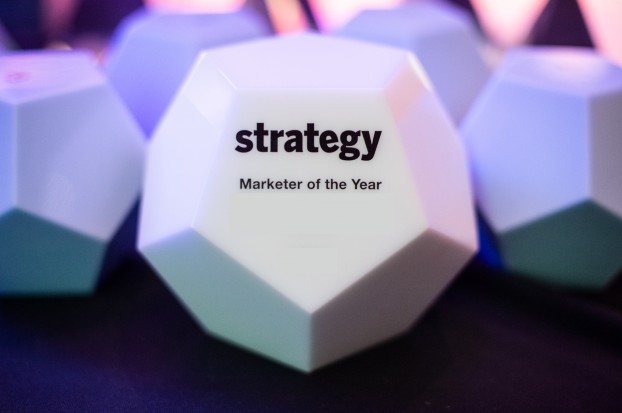You’re reading a story from Strategy C-Suite, a weekly briefing on how Canada’s brand leaders are responding to market challenges and acting on new opportunities. Sign-up here to receive the latest stories.
By Will Novosedlik
Earlier this week, LifeWorks, a provider of digital and in-person total wellbeing solutions which was recently purchased by Telus, released its monthly Mental Health Index. The survey, which tracks the impact of workplace culture on the mental health and wellbeing of workers, began in April 2020 after three years of benchmarking in 14 countries.
Given its start date, we asked Paula Allen, Lifeworks global leader and SVP research, about the differences between benchmark data and pandemic data. Says Allen, “The last point that we collected pre-pandemic was December of 2019, and by April of 2020, we saw a massive decline in all of the key indicators. Increases in anxiety, depression and isolation; lower optimism, lower work productivity. We were working more hours but our productivity per hour had dropped, and it remains lower. We also saw an almost threefold increase in the proportion of the working population that was considered a higher risk for mental health issues, and a fourfold increase in risky drinking behaviour.”
Turns out Canadians’ mental health is heavily influenced by workplace culture. Those who report negative workplace culture have, on average, productivity scores 23% below full productivity – nearly three times lower than those reporting a more positive workplace culture. The latter group have productivity scores that are 8% below maximum.
Also, 38% of respondents believe there is a significant difference between the culture their workplace claims to have and the reality. This group has a mental health score of 58.7, more than six points below the national average. Allen explains: “Basically it’s about integrity. There’s nothing more anger-provoking than hearing one thing and experiencing another. It makes you question everything. It makes you feel uncomfortable that maybe the rug’s going to be pulled out from under you.”
In a related data point, respondents under 40 are nearly 60% more likely than those over 50 to believe there’s a difference between the culture their workplace claims to have and what actually happens. “I think there are two parts to it,” explains Allen. “One is that younger generations tend to pay more attention to culture. When you’re entry level or a couple steps behind, you’re learning, you’re trying to figure out how you fit in, what the values are, what works and what doesn’t. So your attention level is higher than those who have settled in and actually are creating the culture. Whereas if you’re somebody who’s been entrenched in the organization, it’s your behaviour that others are watching. So you’re less likely to perceive misalignment.”
According to Allen, employees who work for organizations that support employee mental health have better mental health scores than those who work for organizations that don’t. Roughly 44% of the firms surveyed have such programs in place. It makes a difference, proving that provided services help employees manage practical challenges, while the added level of encouraged communication leads to increased awareness and less stigmatization. Says Allen, “It tells us that even if the employer’s not responsible for this decline in mental health, they can actually mitigate it.”
Another data point of interest is that the average energy given to work in August 2022 is 87% compared to 85% for a year earlier. Is this a reflection of the so-called “quiet quitting” phenomenon? “What we’re seeing is that it’s probably more talk than action. It’s extraordinarily strong clickbait, but is it really translating into measurable changes in people’s discretionary effort? The answer that we found is no.”
Living as we do in such parlous times, one wonders to what degree factors outside of the workplace might be affecting the study results. Says Allen, “Without question, they do. As an example, think about cancer. The factors that lead to cancer are multiple. Some are genetic, some are lifestyle, some are exposures. It’s very similar with mental health. There is genetic, there are life experiences and trauma, both personal and on a societal level. The main objective is to reduce known risk. People have gone through crises and come out unscathed. And what’s made a difference is connection to other people.”
One other note to consider: the survey also found that self-employed people had the highest mental health scores and that employees in the largest companies have the lowest. Says Allen, “It’s about personal control. Self-advocacy is a big thing affecting people’s mental health and wellbeing. If you have a difficult situation, and you know you’re going to deal with it directly, then you’re in a better place than if you’re feeling dependent on someone else who may be many levels away from you.”
How is Telus using this data to improve its own culture? “One of the things that we know is that the HR department and even the board prior to the purchase were looking at these reports and making decisions on how to support their people based on our insights. There are several other companies who have been doing the same. We’re quite satisfied that it’s having an impact in corporate Canada.”
























